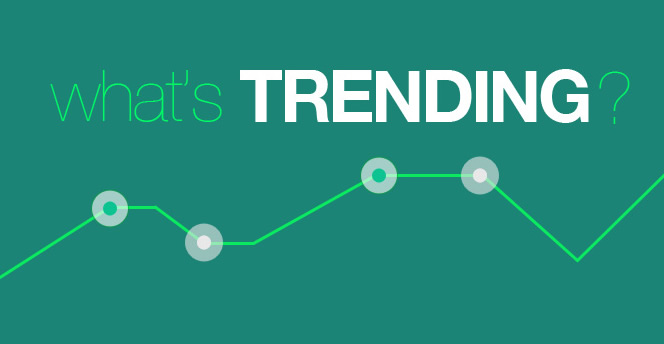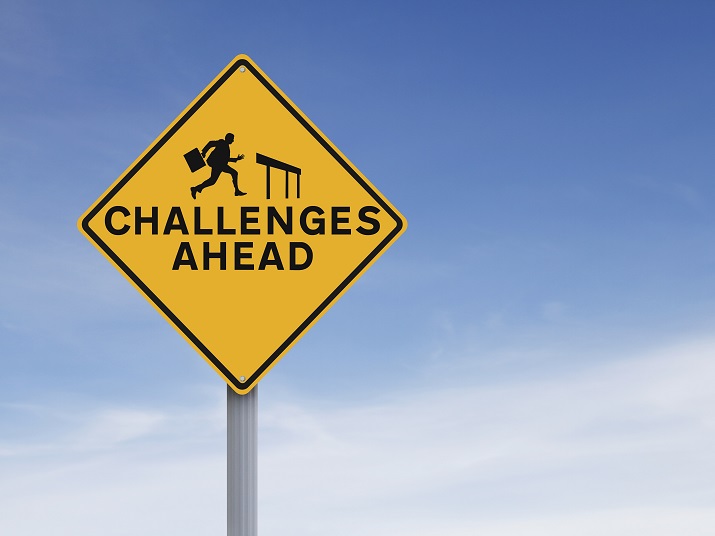▼
Thursday, January 17, 2019
Trends & Challenges
Describe 2 trends of technology in either, K-12, Higher Education, or Industry Training.
Blended Learning
Blended learning has been a trend in higher education for over 10 years and has now become ubiquitous within the educational setting of academia. Instructors are asking themselves, how can we leverage technology in the educational process to maximize in-class time? For example, in a math course students could watch Khan Academy video for homework and then in class discuss the challenges and work through them in real time.
Collaborative Learning
A second trend, collaborative learning, is directly related to blended learning. For example, in years past students would work on a group project and would have to share various versions of a document with each other via email. This was cumbersome for students to make sure they were working on the most recent document. However, with the advent of cloud computing, groups can work on a single document in the cloud together. A teacher can use a blended approach to learning where groups can collaborate in the cloud using a variety of technologies and then come to class prepared for discussion and project based learning.
Describe 2 challenges that impede adoption of technology in your setting and the implications of these challenges.
Advancing digital equity continues to be a challenge.
One challenge is figuring out how to advance digital equity by ensuring technology such as broad band communication, access to new devices, and other technological advancements are available to all. The good news is that 94 percent of all school districts in the country meet minimum federal connectivity target (source). Broadband is becoming more affordable and accessible than ever before. The challenge, however, is that the devices, servers, administrators are all still quite expensive and the richer districts will always have an advantage.
Fixing the achievement gap continues to be another challenge.
Because of the digital inequity, another challenge rises and continues to plague students from lower socioeconomic backgrounds resulting in an achievement gap. If kids attend high schools with little money or resources for the technology and support necessary to prepare students for success, it can make the college experience more difficult and thus create an achievement gap for students. If these schools are unable to provide blended learning environments or collaborative learning environments because of slow internet connection or dated technology, they put students at a disadvantage.
Source - Horizon Report - 2017 Higher Education Edition


Terrence, yes blended and collaborative learning are great resource tools used in the classroom. K-12 teachers use blended learning for instruction, collaboration, lesson planning, communication and student engagement. As a high school teacher, one of the digital tool that I use is Google Classroom for in class assignments, substitute lessons, homework, and video uploading to name a few.
ReplyDeleteI agree with you on If these schools are unable to provide blended learning environments or collaborative learning environments will put students at a disadvantage. Because having technology in the schools will help prepare students for their future careers.